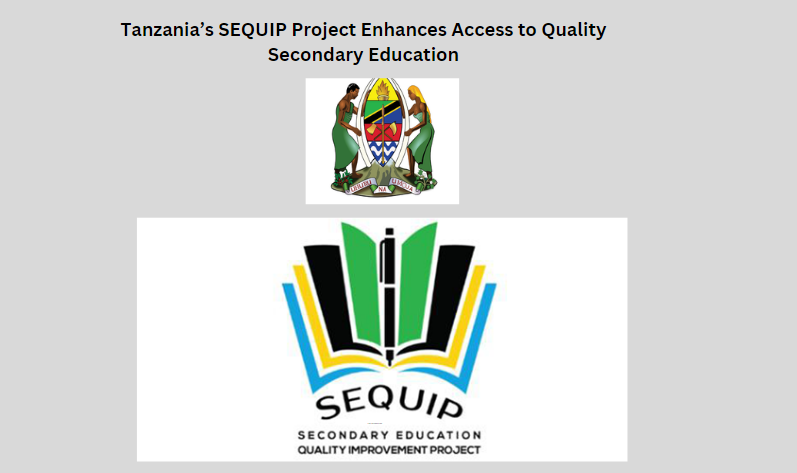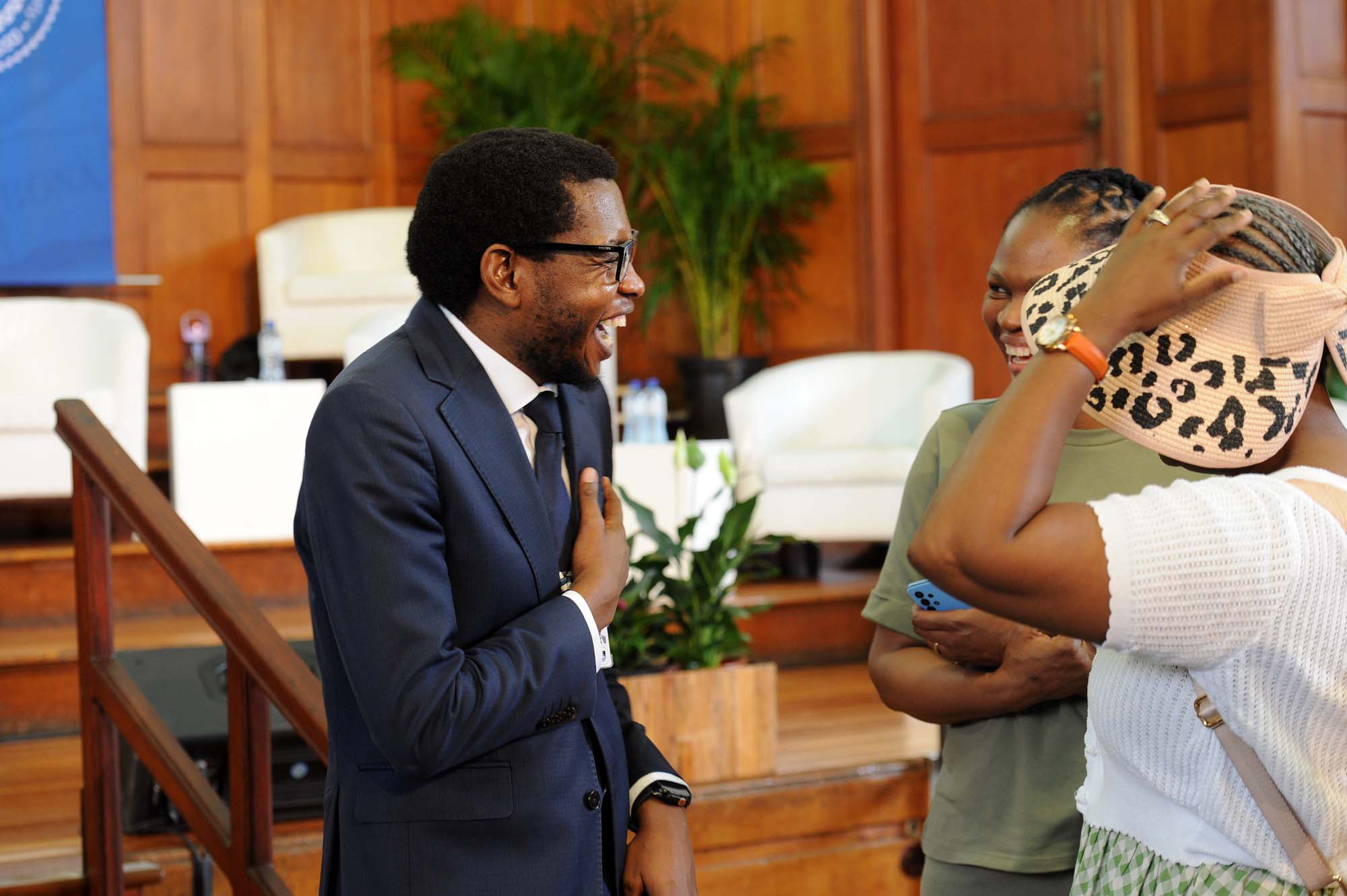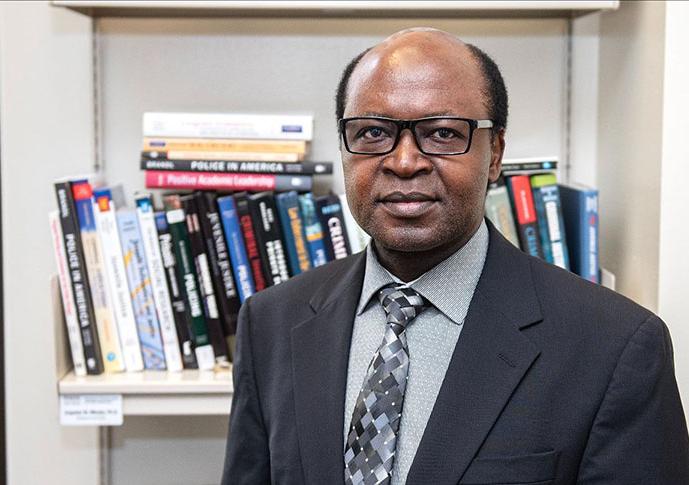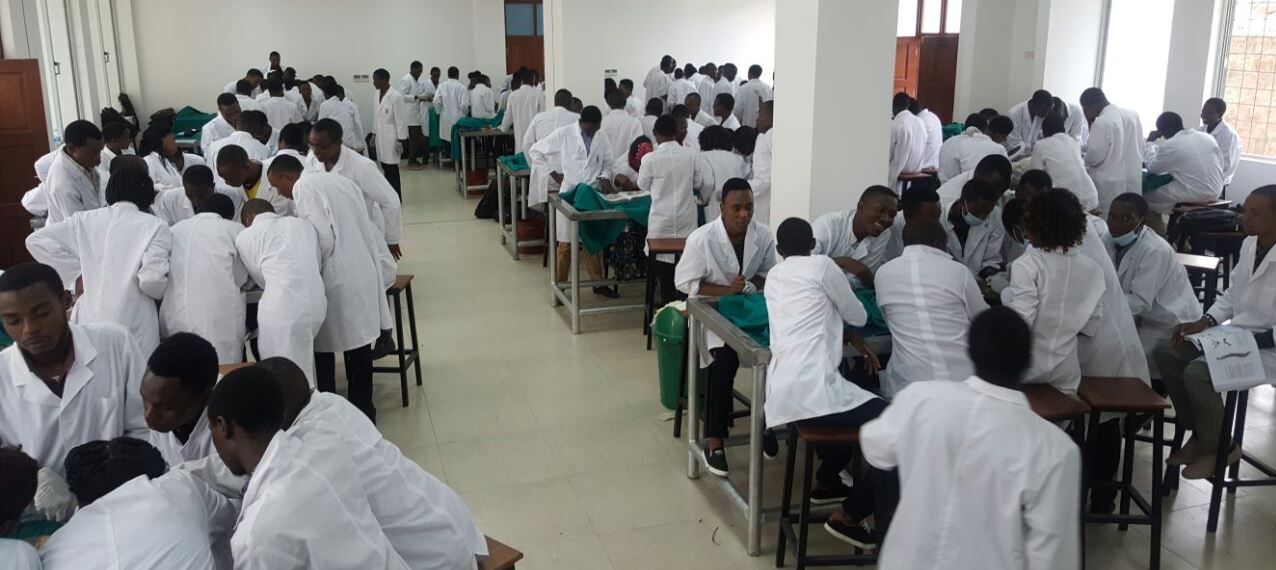
Access to quality education is a cornerstone for national development, and Tanzania’s Secondary Education Quality Improvement Project (SEQUIP) is a transformative initiative aimed at enhancing the learning environment across the country.
Implemented by the Ministry of Education, Science, and Technology in collaboration with the President’s Office—Regional Administration and Local Government (PO-RALG), SEQUIP is a five-year project spanning 2020/2021 to 2024/2025.
With funding from the World Bank amounting to $500 million (approximately TZS 1.2 trillion), SEQUIP is redefining secondary education in Tanzania.
The Objectives of SEQUIP
The overarching goal of SEQUIP is to improve teaching and learning environments in secondary schools. Its specific objectives include:
- Expanding Access to Secondary Education: Ensuring more students, particularly girls, can enroll and complete their education.
- Providing Safe Learning Environments: Establishing gender-sensitive facilities to support the education of girls.
- Enhancing Retention Rates: ensuring that all students who begin secondary education successfully complete it.
Key Areas of Implementation
SEQUIP’s implementation focuses on four strategic areas:
- Access and inclusion: increasing enrollment, particularly for girls, and addressing barriers to education.
- Teaching and Learning: Improving the quality of instruction through digital technology and teacher training.
- Infrastructure Development: Building and renovating schools to accommodate more students.
- Monitoring and Evaluation: Tracking project progress and outcomes to ensure accountability.
Achievements of SEQUIP
By the end of the 2022/2023 fiscal year, SEQUIP had achieved significant milestones:
- Infrastructure Development:
- 231 new secondary schools were constructed, 211 of which are operational, reducing overcrowding and walking distances for students.
- 26 advanced-level (A-Level) girls’ boarding schools were built, with 7 already admitting students in 2023.
- Renovation and expansion of 82 existing schools to increase capacity for Form 5 and 6 students.
- Alternative Education Pathways:
- 6,949 girls who had dropped out of school were re-enrolled through Alternative Education Pathways (AEP).
- Construction and renovation of 14 AEP centers are ongoing, providing a second chance for out-of-school youth.
- Teacher Training and Resource Provision:
- Over 25,000 science and mathematics teachers received in-service training.
- Distribution of 2,681,800 science and mathematics textbooks to ensure a 1:1 student-to-book ratio.
- Procurement of ICT equipment worth TZS 6 billion for 1,500 schools to enhance digital learning.
Challenges and Solutions
While SEQUIP has made remarkable progress, challenges remain, including:
- Teacher Deployment: Ensuring adequate numbers of qualified teachers in rural areas.
- Infrastructure Gaps: Addressing the need for more classrooms and sanitary facilities.
- Cultural Barriers: Overcoming societal norms that hinder girls’ education.
To address these challenges, SEQUIP emphasizes teacher deployment strategies, community sensitization programs, and continued investment in infrastructure.
Impact on Girls’ Education
A key focus of SEQUIP is creating safe and supportive environments for girls. The project has:
- Established gender-sensitive facilities, including separate toilets and dormitories.
- Trained teachers and administrators on gender-responsive education.
- Supported the re-enrollment of girls who dropped out due to early pregnancies or other challenges.
Future Outlook
As SEQUIP enters its final year, the project is poised to leave a lasting legacy in Tanzania’s education sector. The foundation laid by SEQUIP will enable more students to access quality education, contributing to the nation’s socio-economic development.
Conclusion
SEQUIP is a testament to Tanzania’s commitment to transforming its education system. By improving infrastructure, enhancing teacher capacity, and addressing barriers to education, the project is ensuring that every child, regardless of gender or socio-economic background, has the opportunity to succeed.
As Tanzania continues to implement SEQUIP, the nation moves closer to achieving its vision of inclusive and quality education for all.
Share this article to spread awareness about SEQUIP’s impact and inspire collective support for education in Tanzania.
Related articles
- Top 10 Provinces in Matric Results 2024/2025: Celebrating Academic Excellence
- South Africa’s Basic Education Department Unveils 2024 Matric Results
- Top 10 Students in KCSE Results 2024/2025: How to Check and Celebrate Excellence
- Top 100 Students in KCSE Results 2024/2025: Celebrating Kenya’s Brightest Minds
- Top 10 Schools in KCSE Results 2024/2025: Leading the Nation in Academic Excellence
- How to Check KCSE Results 2024/2025: A Step-by-Step Guide
- KCSE Results 2024/2025: How to Access, Interpret, and Plan Ahead
- Top 10 Students in Matric Results 2024/2025: Best Performers and Outstanding Achievements


